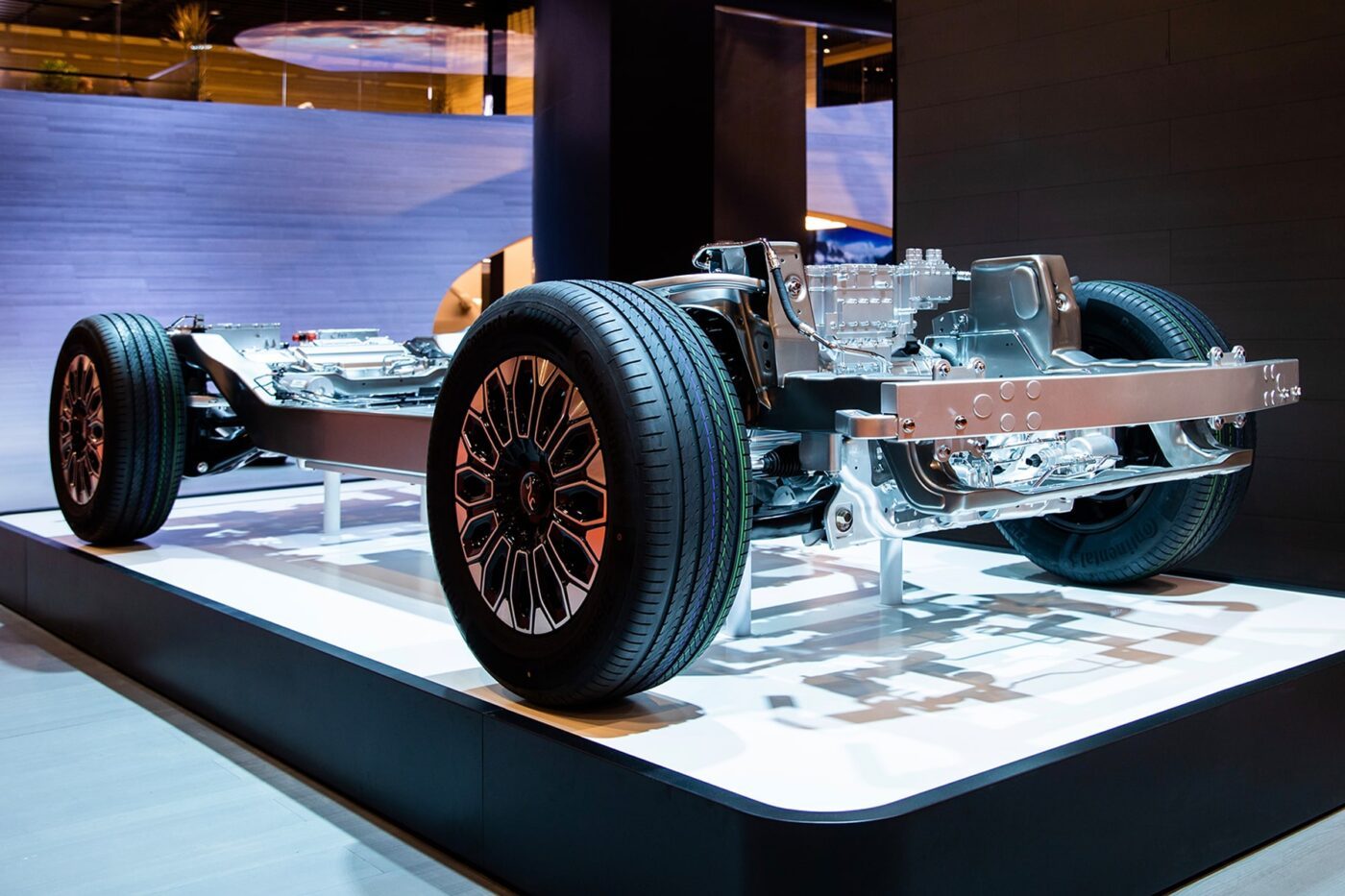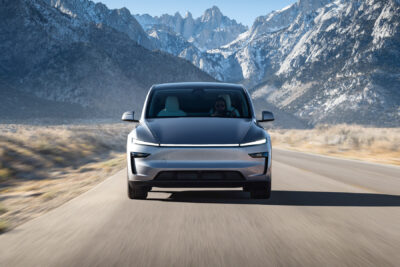BYD pushes market readiness of its next platform generation
BYD is the market leader in China in terms of electric cars and plug-in hybrids. According to the news portal 36kr, the company is aiming for even greater ranges to put more pressure on the market for combustion vehicles. To this end, BYD is tackling further improvements to its platforms for PHEVs and BEVs. Among other things, the aim is to improve the integration of components and thereby achieve additional cost reductions, according to 36kr, citing an internal meeting of BYD’s core management.
Specifically, BYD’s so-called e-platform could be updated from 3.0 to 4.0 this year. The 3.0 version, with its 800-volt architecture, was presented in the spring of 2021. It uses the manufacturer’s blade batteries with LFP cell chemistry, an “eight-in-one” powertrain. It provides the basis for most of BYD’s current all-electric cars – such as the Atto 3, Seagull, Dolphin and Seal. BYD introduced the e-Platform 1.0 in 2010. According to unconfirmed information, the upcoming e-platform 4.0 will further improve the integration of components.
The DM (Dual Mode) hybrid system first launched by BYD in 2008 will also be further optimised. In 2021, the Chinese company launched the fourth generation of the system – in the form of the more performance-oriented DM-p platform and the more consumption-oriented DM-i. According to 36kr, the fifth generation should enable “the vehicle to consume as little as 2.9 litres of fuel per 100 kilometres and drive close to 2,000 kilometres on a full tank of fuel and full charge.”
BYD is already very successful with the current generation of its electric cars and plug-in hybrids – especially in its home market. In 2023, as a whole, BYD broke the 3 million mark it had set itself: 1,574,822 BEVs and 1,438,084 PHEVs meant annual sales of 3,012,906 cars with charging connections for BYD.





0 Comments